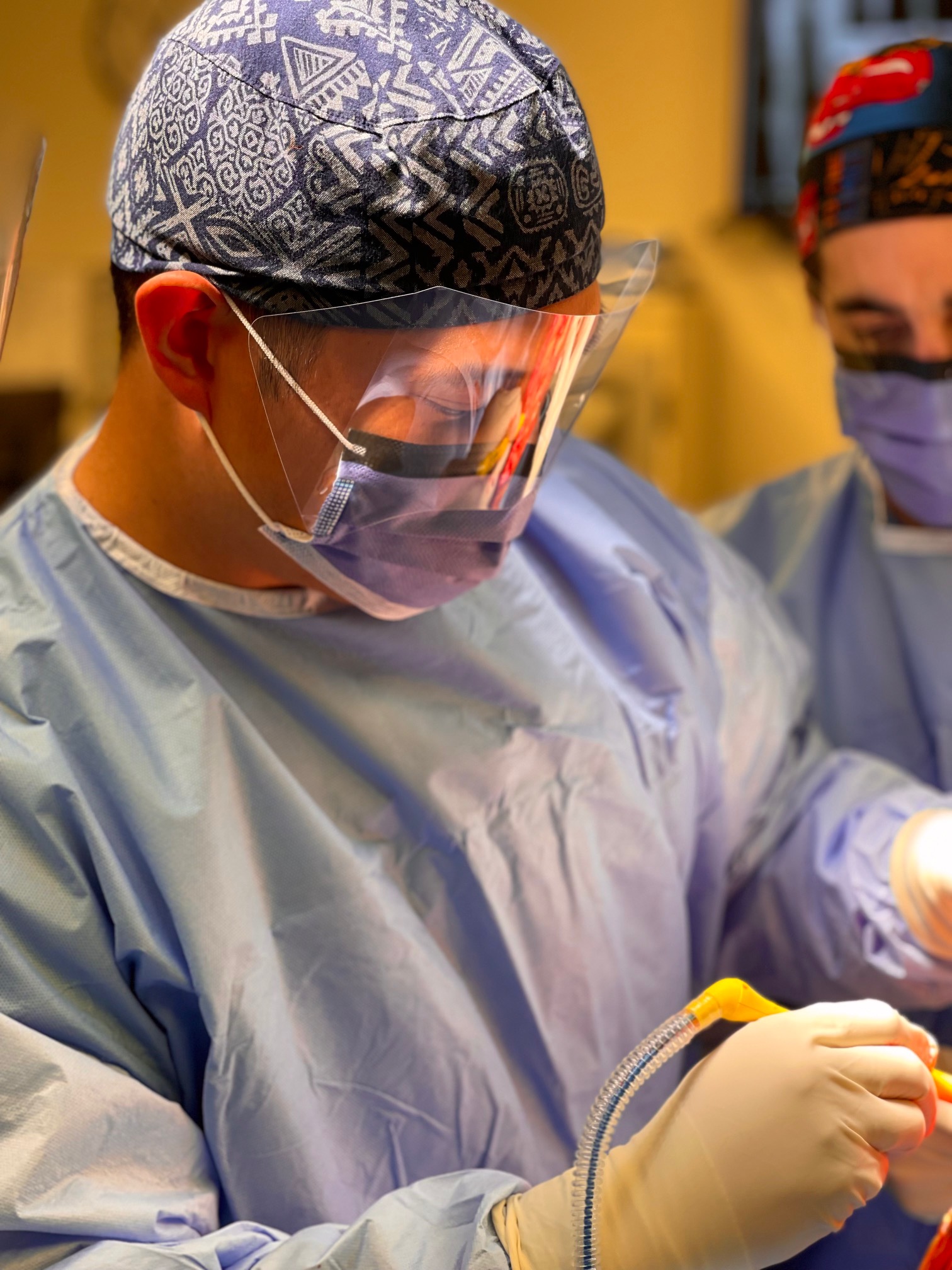Non-operative measures should be attempted prior to consideration of knee replacement. These measures are often helpful in the early stages of arthritis.
Pain medication: Tylenol is typically recommended as the first-line pain medication. Some patients with liver disease may not be able to tolerate regular Tylenol. Anti-inflammatory medications are also helpful but are not suitable for all patients. Patients with cardiac disease, high blood pressure, kidney disease, and/or stomach ulcers may not be able to take regular anti-inflammatory medications. Regular opioid medications are not recommended due to risk of addiction and development of chronic pain. Patients should consult with their family doctor prior to starting any new medication.
Physiotherapy: Physiotherapy exercises to improve strength to your core, buttocks, quadriceps, hamstrings, and abductors are often helpful for reducing symptoms in early arthritis.
Injections: Local knee injections can be helpful in the early stages of arthritis. They are less effective in end-stage disease. Consult your surgeon to determine if an injection would be indicated for you.
Bracing: Some patients with specific patterns of arthritis may benefit from bracing in order to “offload” the affected knee compartment. Consult your surgeon to determine if a custom knee brace would be indicated for you.
Weight loss: Weight loss helps reduce the pain associated with arthritis by taking pressure off your knee joint. It is appreciated that regular exercise can be challenging due to persistent and severe knee pain. Your family doctor can often help with diet resources.
Walking aids: A cane or walker may help improve your comfort, stability, and confidence with walking.



